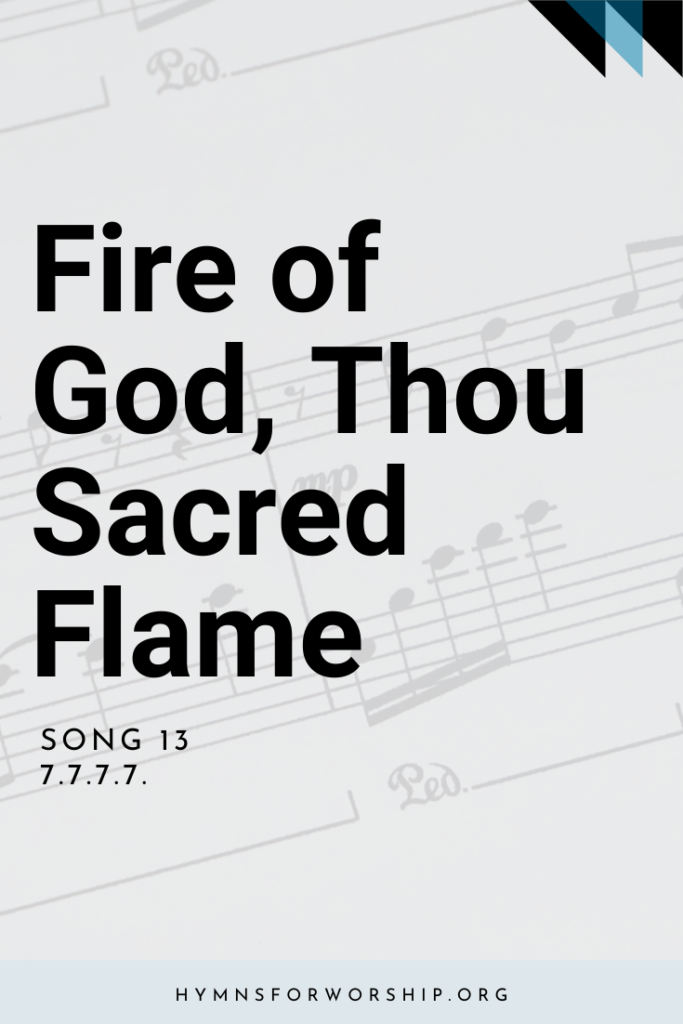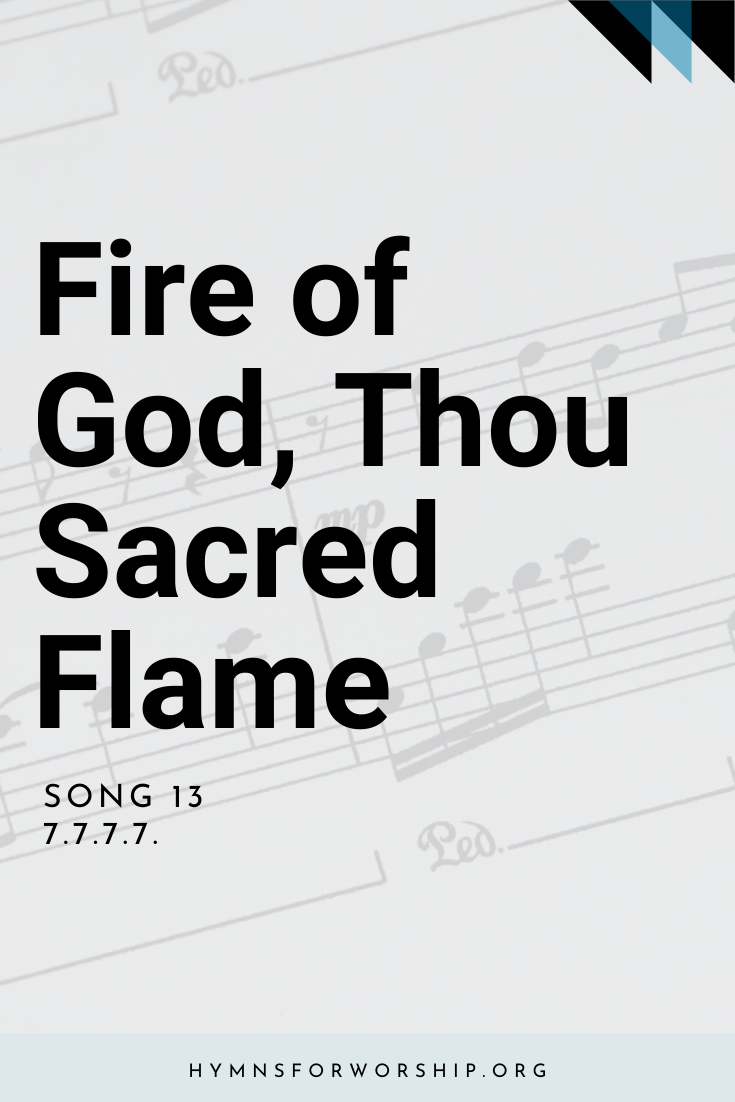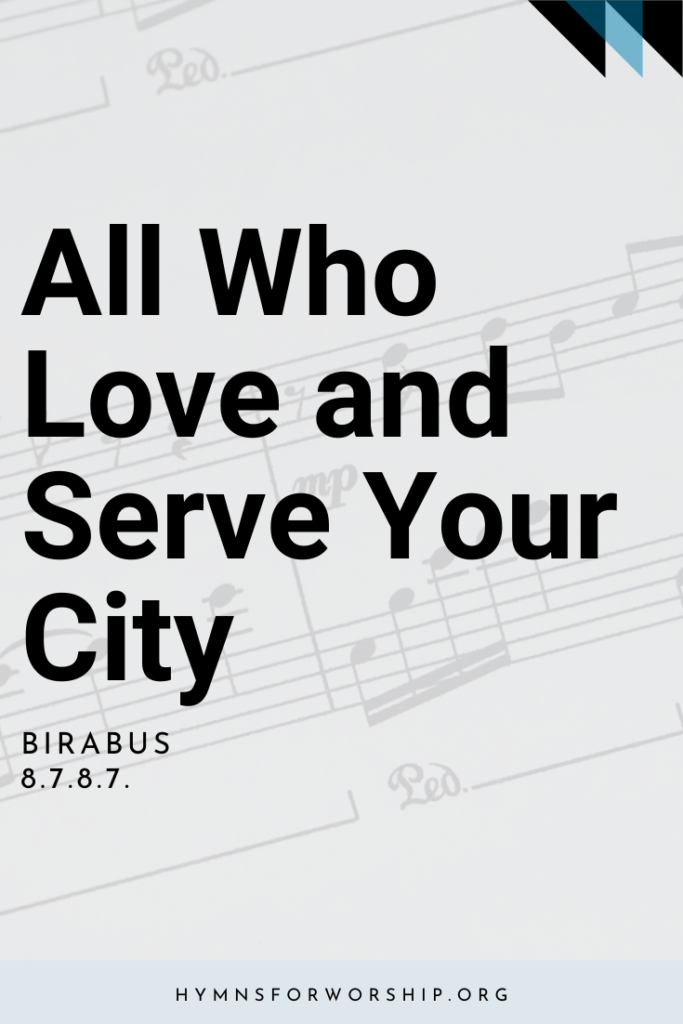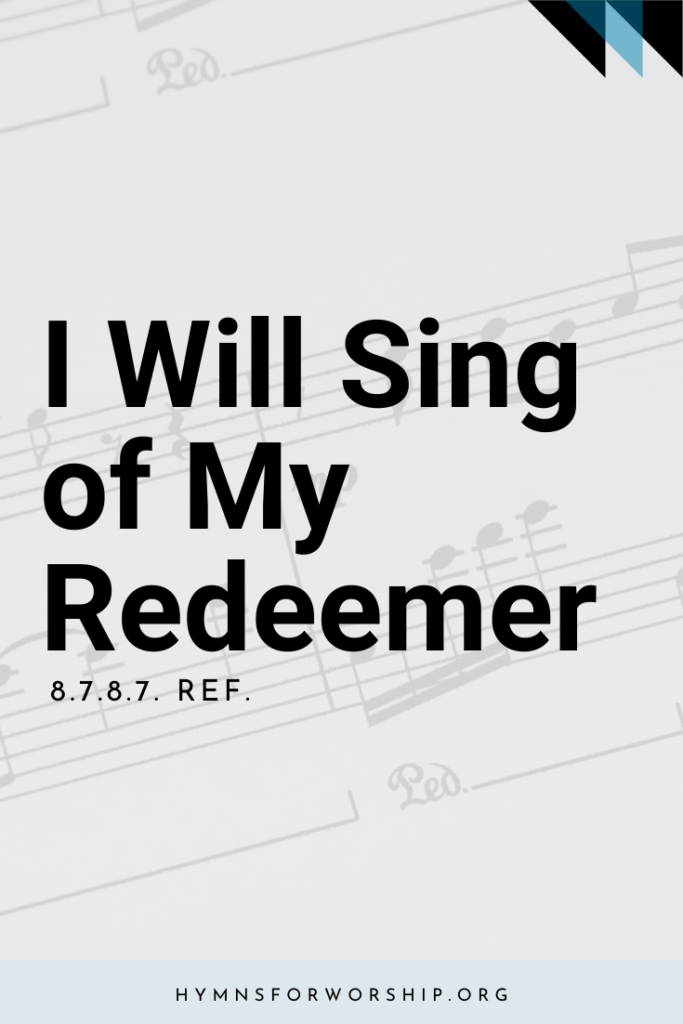HOLY SPIRIT
SDAH 263
Fire of God, Thou sacred flame,
Spirit who in splendor came,
Let Thy heat my soul refine
Till it glows with love divine.


Text
1
Fire of God, Thou sacred flame,
Spirit who in splendor came,
Let Thy heat my soul refine
Till it glows with love divine.
2
Breath of God, that swept in power
In the pentecostal hour,
Holy Breath, be Thou in me
Source of vital energy.
3
Strength of God, Thy might within
Conquers sorrow, pain, and sin:
Fortify from evil’s art
All the gateways of my heart.
4
Truth of God, Thy piercing rays
Penetrate my secret ways.
May the light that shames my sin
Guide me holier paths to win.
5
Love of God, Thy grace profound
Knoweth neither age nor bound:
Come, my heart’s own guest to be,
Dwell forevermore in me.

Hymn Info
Biblical Reference
(a) Matt 3:11 (b) Acts 2:2 (c) Eph 3:16 (d) Heb 4:12 (e) 2 Thess 3:5
Author
Bayly, Albert F. (1901-1984)
Copyright
Words by permission of Oxford University Press
Hymn Tune
SONGS 13
Metrical Number
7.7.7.7.
Adapted by
Adapted from Orlando Gibbons (1538-1625)

Get the hymn sheet in other keys here
Notes
Make each hymn more meaningful with these helpful tools: Short, ready-to-use hymn introductions for church bulletins, multiple ways to introduce a hymn based on your worship theme and in-depth history and insights to enrich your song service.





